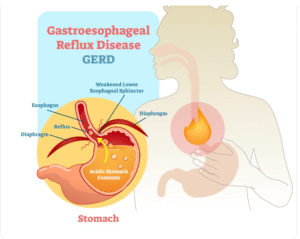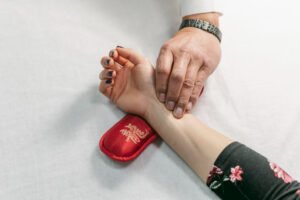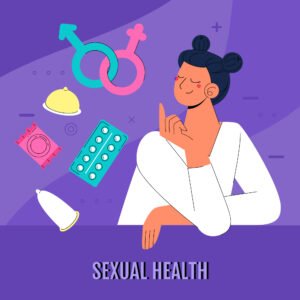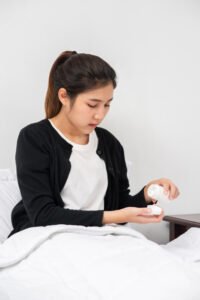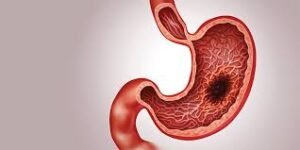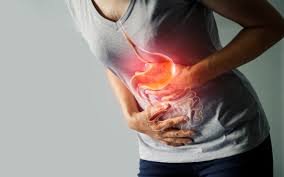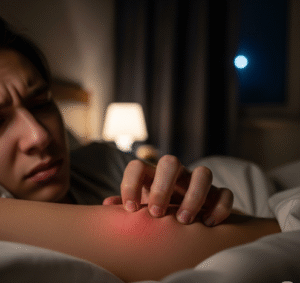Overview
Accidentally swallowing a foreign object is a common emergency, particularly in children, elderly individuals, and people with swallowing disorders. The object may pass harmlessly through the gastrointestinal tract or cause serious complications. In Korea, modern hospitals are well-equipped to diagnose and manage such cases through endoscopy, imaging, and minimally invasive procedures.
What is a Swallowed Object?
A swallowed object refers to any item accidentally ingested that is not food or drink. This can include coins, buttons, batteries, magnets, bones, or small toys. Most swallowed items pass through the digestive tract without issue, but sharp, toxic, or large objects may become lodged or cause internal damage, requiring immediate medical intervention.
Children between 6 months and 3 years are most at risk, although adults may also accidentally swallow objects—especially those with dental issues, neurological conditions, or alcohol intoxication.
Symptoms
Symptoms vary depending on the object and where it is lodged:
- Drooling
- Difficulty swallowing (dysphagia)
- Pain in the throat, chest, or abdomen
- Gagging or vomiting
- Coughing or choking
- Blood in vomit or stool
- Breathing difficulty (if object obstructs airway)
- Fever (if infection develops)
If the object is sharp (e.g., a pin or bone), it may cause tears or perforation, leading to internal bleeding or infection.
Causes
- Children exploring objects with their mouths
- Eating too quickly or while distracted
- Improperly chewed food (e.g., fish or chicken bones)
- Wearing dentures (reduces sensation in the mouth)
- Neurological disorders affecting swallowing
- Alcohol or drug intoxication
Common swallowed items include:
- Coins, buttons
- Batteries (very dangerous)
- Magnets
- Pins, needles
- Bones (fish/chicken)
- Toy parts
- Jewelry
Risk Factors
- Age – children and elderly are more vulnerable
- Cognitive impairment or developmental delay
- Poor eyesight or coordination
- Neurological conditions – Parkinson’s, stroke
- Mental health disorders (intentional ingestion)
- Alcohol or drug use
- Wearing dentures
Complications
- Airway obstruction – life-threatening emergency
- Gastrointestinal perforation – if sharp object punctures the GI tract
- Infection – such as mediastinitis or peritonitis
- Bleeding – internal injury
- Battery ingestion – can cause tissue burns, necrosis, or perforation within hours
- Bowel obstruction – especially with large or multiple objects
- Toxic reaction – from leaking batteries or chemicals
Prevention
- Keep small items out of children’s reach
- Cut food into small pieces and chew slowly
- Avoid fish with fine bones in children and elderly
- Monitor people with swallowing disorders while eating
- Store batteries, magnets, and medicines securely
- Educate caregivers and use child-safe products
- Use pill organizers with care for elderly individuals
Treatment Options in Korea
1. Emergency Response
If a person is choking:
- Perform Heimlich maneuver if trained
- Call 119 (Korean emergency number) immediately
- Do not attempt to retrieve an object from the throat unless visible and easy to remove
If there’s no choking but symptoms persist:
- Seek care from the nearest hospital’s emergency department (응급실)
- Keep the person calm and do not induce vomiting
2. Diagnosis
Hospitals in Korea use:
- X-rays – to detect metal or visible items
- CT scan – for non-metallic objects or complications
- Endoscopy – both diagnostic and therapeutic
- Ultrasound – for soft tissue or GI evaluation
- In children, pediatric gastroenterology specialists are involved
Top hospitals such as Severance Hospital, Asan Medical Center, and Samsung Medical Center offer 24/7 emergency services with advanced endoscopy units.
3. Treatment Options
Depending on the object, size, and symptoms:
- Observation – for small, non-harmful items; stool may be checked for passage
- Endoscopic removal – standard method for most foreign bodies
- Surgery – if the object causes perforation, blockage, or cannot be removed endoscopically
- Activated charcoal or laxatives – rarely used and only under medical guidance
- Battery or multiple magnet ingestion – requires urgent removal, even if asymptomatic
4. Pediatric Care
- Most children’s hospitals (like Seoul National University Children’s Hospital) have protocols for rapid response
- Korean Pediatric Society (KPS) recommends immediate evaluation for battery, magnet, or sharp object ingestion
5. Follow-up
- Abdominal X-rays may be repeated to monitor object movement
- Psychological evaluation may be recommended in cases of intentional ingestion



